The best evidence has emerged of renewed work on a land-based version of China’s FC-31/J-35 stealth fighter. Progressively clearer photos of one of Shenyang’s prototype fighters seem to reveal key features different from those found on the carrier-based J-35, on which development had been more recently focused. This may well tie in with official Pakistani plans to acquire a version of the jet but raises questions about China’s own plans for a potential land-based variant.
This would bring the program full circle, in many ways, with the first two FC-31 prototypes being land-based fighters, work on these seemingly being scaled right back amid a lack of official interest before the design was reworked for carrier operations. Now, it seems a land-based version is being pursued, once again, in parallel to the J-35.
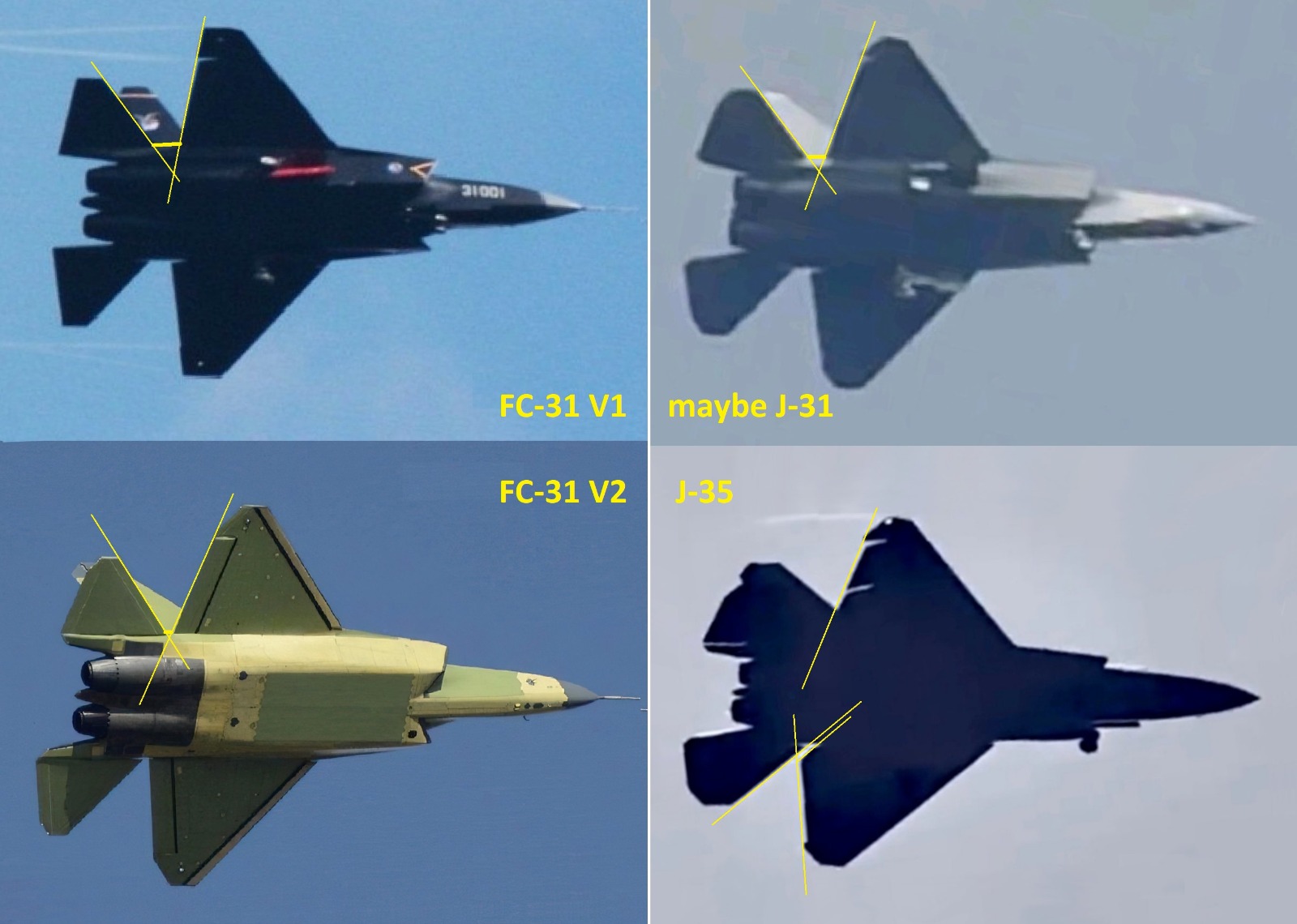
A recently emerged photo provides our best view yet of the mysterious prototype of an apparent new land-based version of the jet — tentatively referred to as the J-31. The photo likely shows the prototype that is known to have made its first flight on or around September 26, 2023. Earlier photos of this jet appeared soon after it took to the air, leading to rumors that it could be a land-based prototype, which now seems much more likely.
The main indicators that this is likely not another prototype for the carrier-based J-35 include a smaller overall wing surface area. While on the J-35 the horizontal tail surfaces ‘cut into’ the wing, on the apparent J-31 there is clearly a small gap between the surfaces. At the same time, this area is different from that of the two FC-31 demonstrators.
A smaller wing on the J-31 would follow the same pattern as on the F-35 stealth fighter series, in which the carrier-based F-35C version has a greater wing area than the land-based F-35A. A bigger wing for a naval fighter offers improved handling at low speeds and slower approach speeds, especially important on the approach to the carrier’s flight deck.
The J-31 also appears to have different landing gear, with a single nose wheel, not the twin wheels found on the J-35. A more robust and heavier landing gear is a familiar feature of a range of carrier-based aircraft. On the J-31 there is also no sign of the catapult launch bar otherwise found on the J-35, although the photo is still not of the highest quality, so the full details can’t be made out.
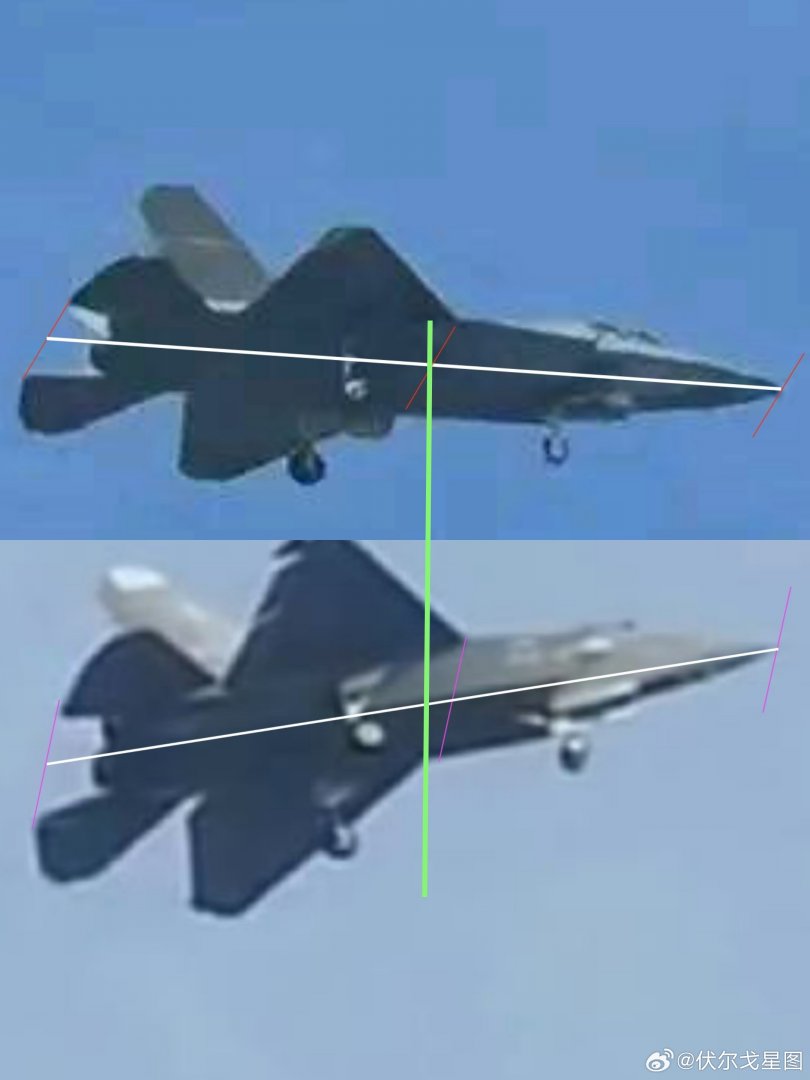
Provided the apparent J-31 is as it appears, there are a number of reasons why Shenyang might be developing a new land-based version of the fighter.
First up, we know that there is foreign interest in a land-based version, with the export version of the aircraft being known as the FC-31. As we reported at the time, in January this year the chief of the Pakistan Air Force announced plans to purchase an undisclosed number of FC-31s.
Since the first FC-31 demonstrator, the design of the aircraft has been refined, with the next prototype exhibiting a number of changes, as you can read about here. Then the focus apparently switched to the carrier-based J-35 variant, which again introduced new features, some of them obviously dictated by its role.
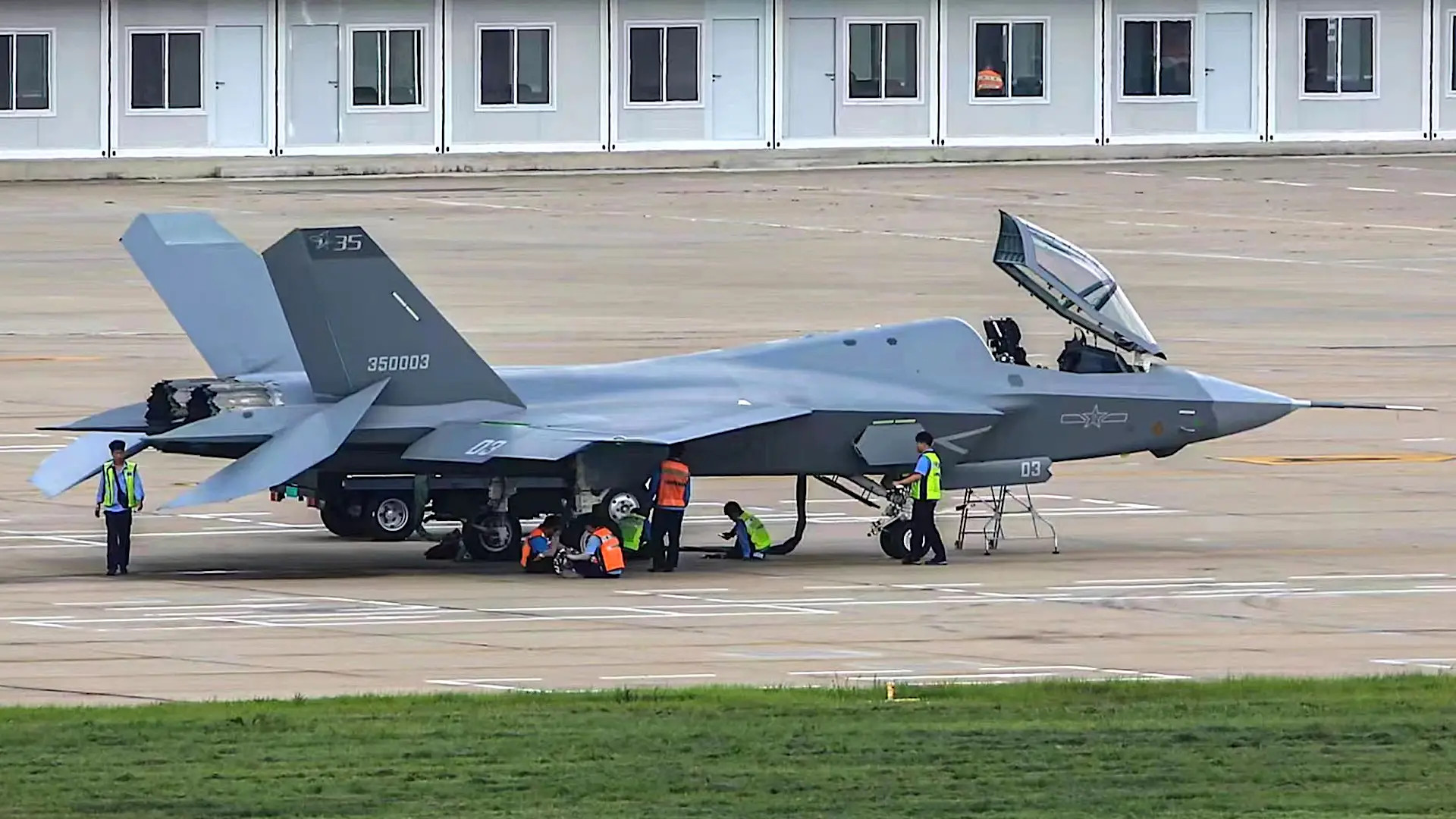
A land-based export version would be expected to reflect this development path, so the prototype in question could be an improved FC-31, intended for export to Pakistan and other customers.
The market for mediumweight combat aircraft with stealthy features or at least some major signature-reduction measures appears buoyant right now.
The South Korean KF-21 Boramae and the Turkish TF Kaan are evidence of such programs and there are many air forces around the world that could be looking to replace their existing fourth-generation fighters with combat aircraft offering a high level of performance and advanced avionics mated with a stealthy design. This is especially true for countries that cannot acquire the F-35 or just want to avoid the tight export restrictions that are typically attached to it.
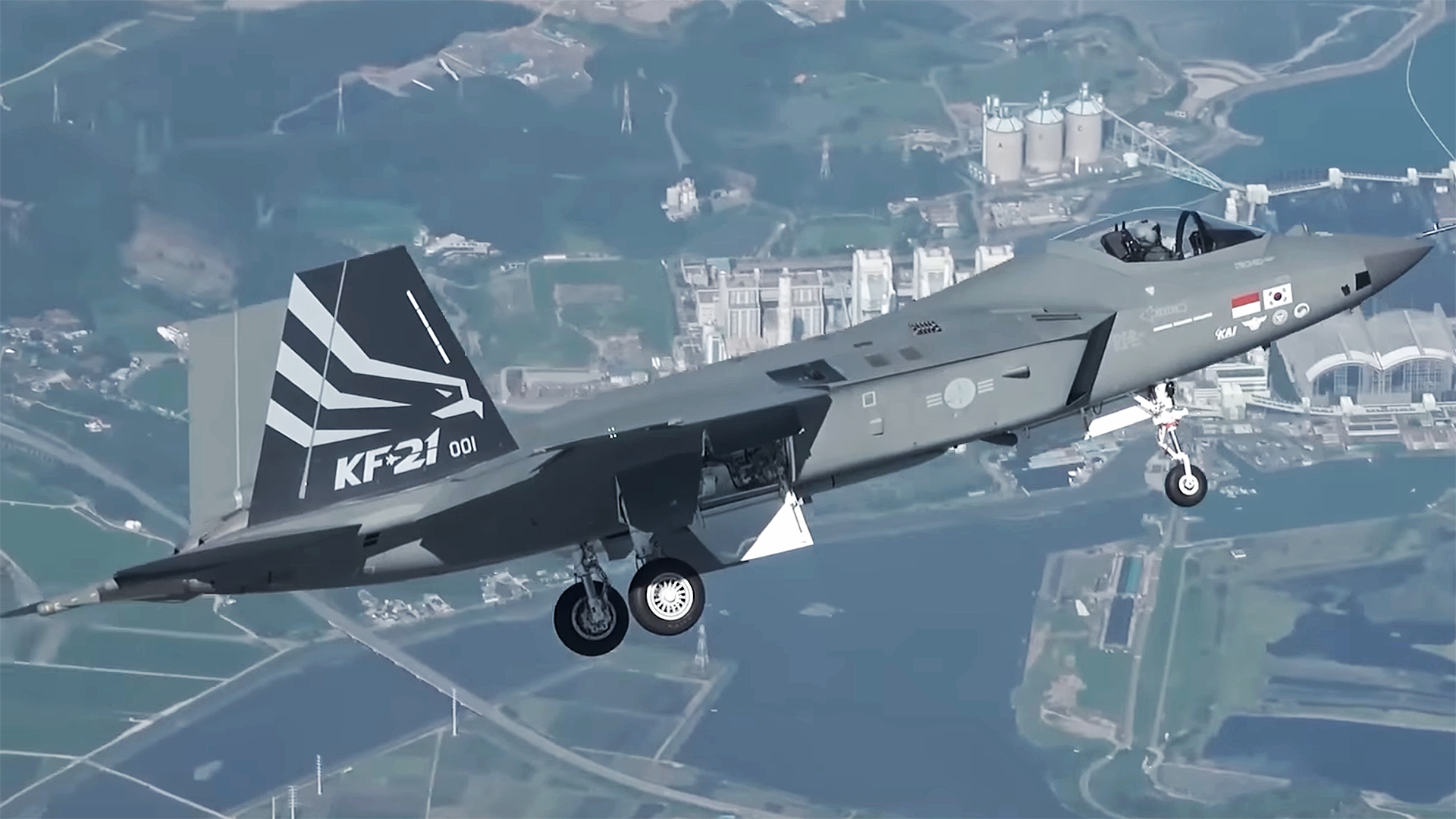
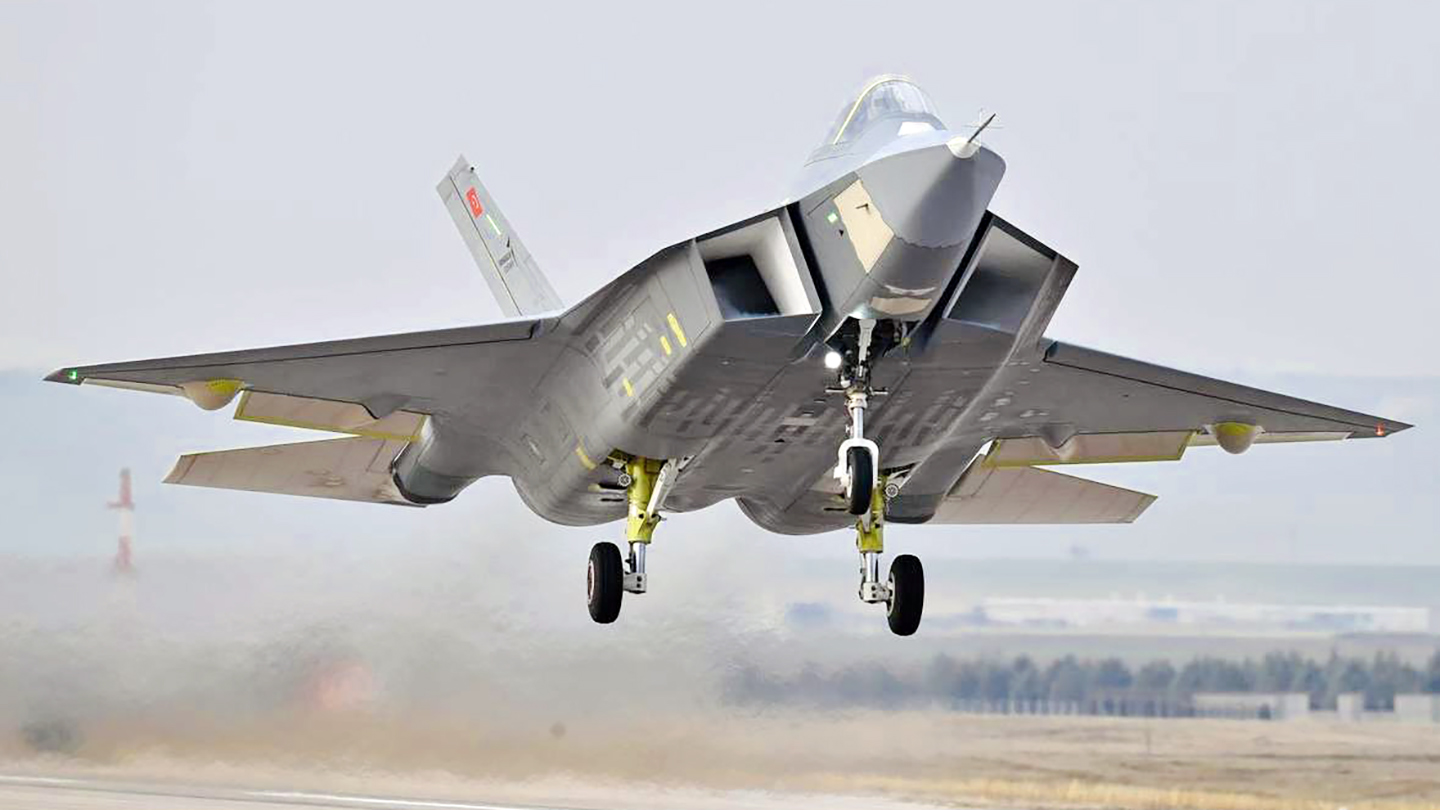
If China can offer a refined FC-31 at a significantly lower cost than competing designs, the Shenyang fighter could find customers beyond the Pakistan Air Force.
Then there is the possibility that the People’s Liberation Army Air Force (PLAAF), and possibly the PLA Navy, too, are interested in fielding a land-based version of the jet, the so-called J-31.
So far, we only know of official Chinese interest in the J-35, to equip its fast-growing aircraft carrier fleet, in particular the latest carrier Fujian with its electromagnetic catapult launch system, but potentially also the two earlier carriers, the Liaoning and Shenyang, which have ‘ski-jump’ takeoff ramps.
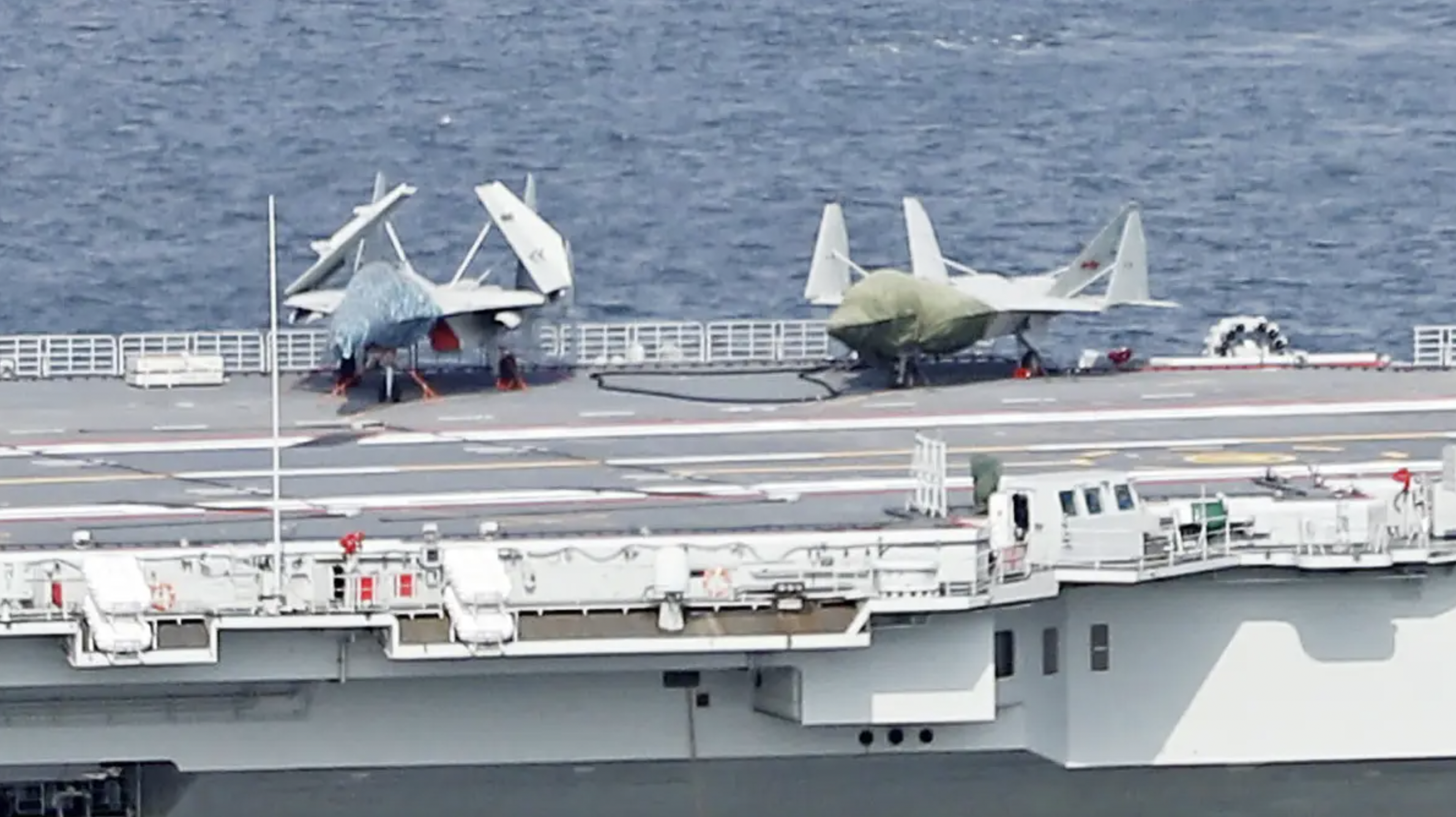
While the PLAAF has so far focused on introducing the Chengdu J-20 stealth fighter, apparently at the expense of the smaller Shenyang design, there are some compelling reasons for the service to introduce the J-31, too.
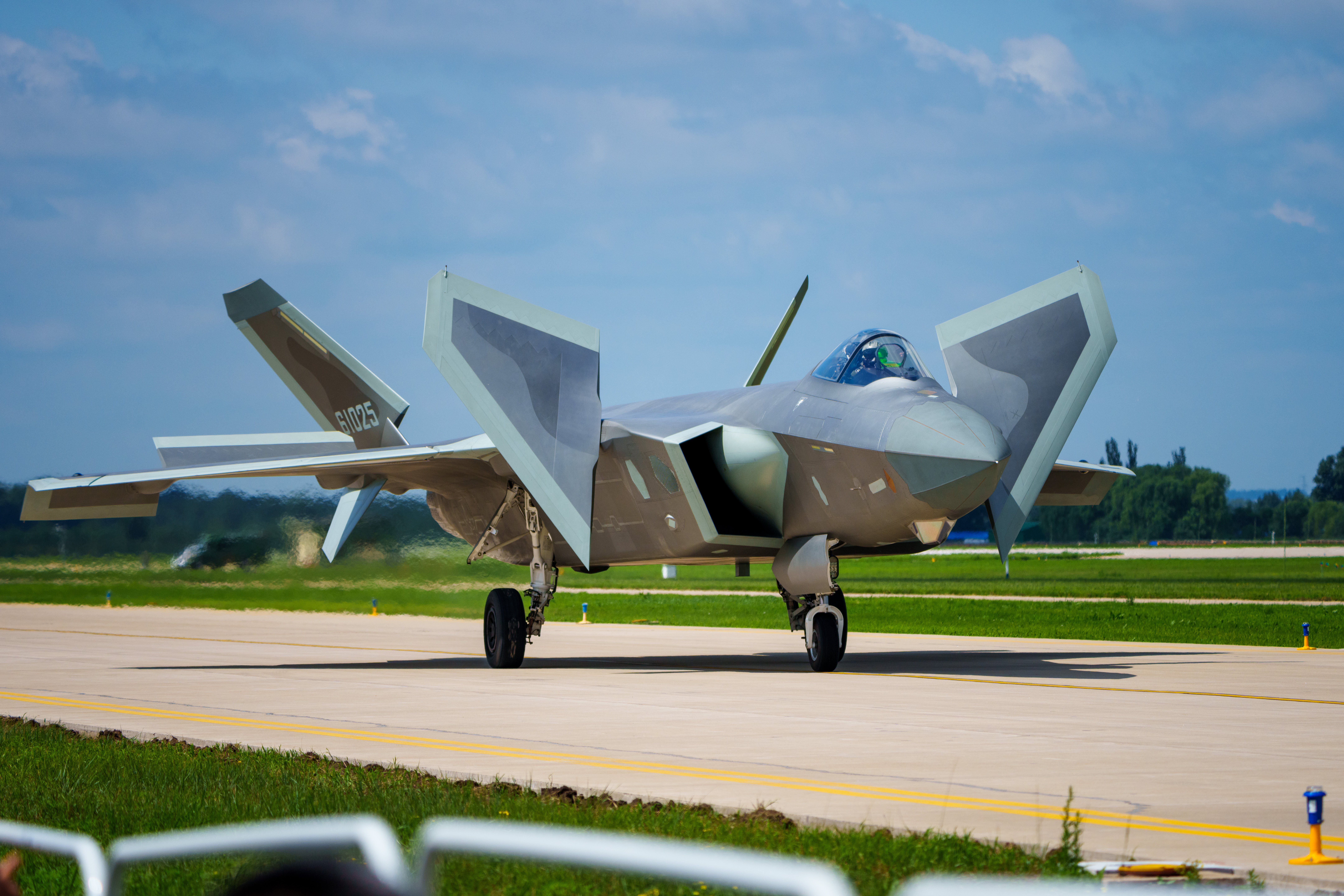
The dramatic modernization of all branches of the PLA often gives the impression of limitless funds and resources for advanced new equipment. While the strides made by the Chinese military do indicate deep pockets, there remains an argument for a less costly fighter that can be procured in greater numbers, and which is less expensive to operate. The J-31 could fit that bill, while still offering significant advantages over earlier equipment.
Currently, China is producing J-20s and J-16s, the last of these being a multirole fighter based on the Russian Flanker series design. Very likely, the sheer costs involved mean that the PLAAF will not be able to transition to a frontline fighter force made up of exclusively J-20s and J-16s.
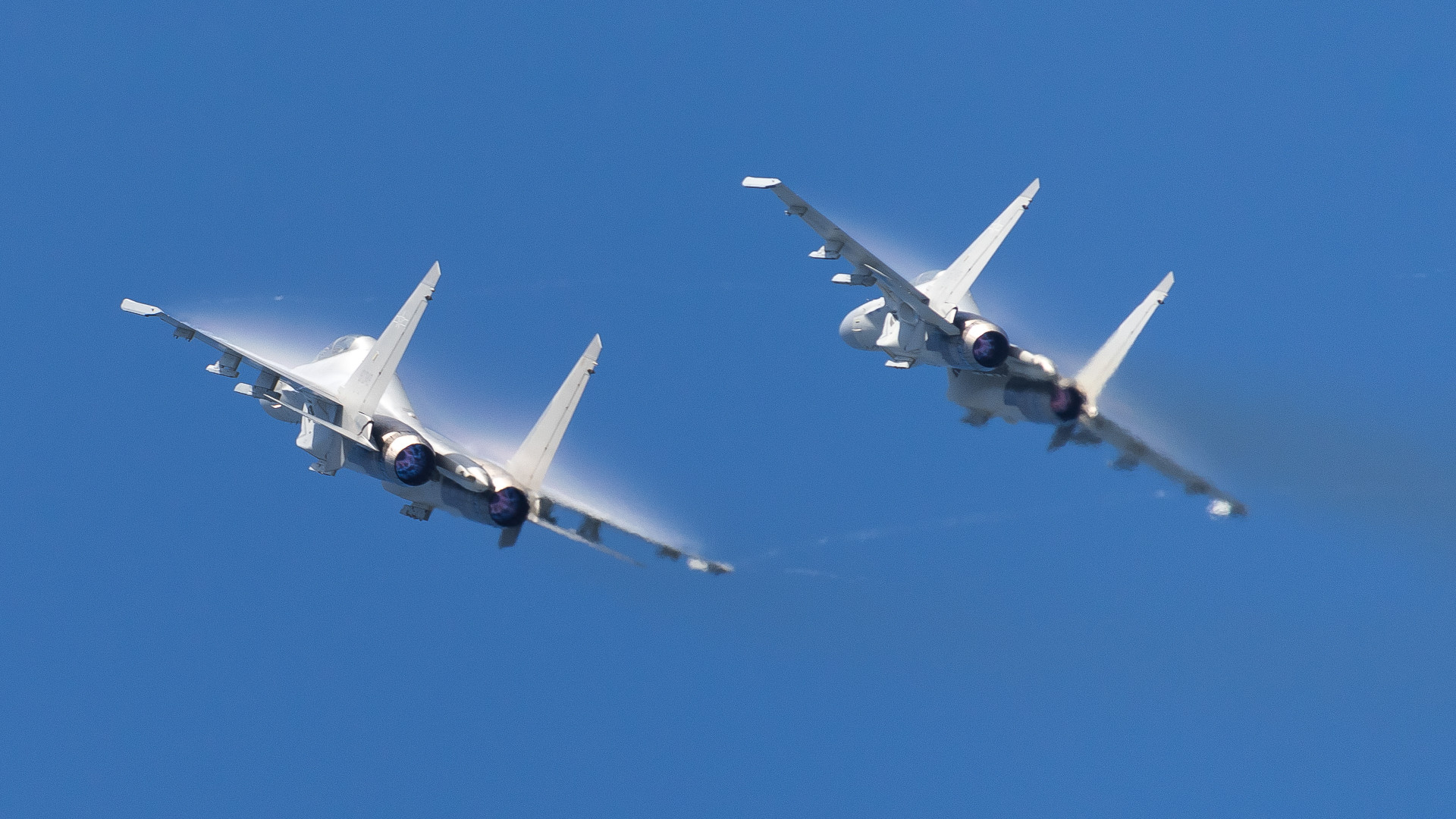
At the same time, the PLAAF’s J-10 is now advancing in age and the earliest models of this single-engine fighter will start to require replacement before too long. The same goes for the service’s J-11s, based on the Soviet-era Su-27 Flanker and subjected to various Chinese upgrades, but likely also due for replacement in the next decade or so.
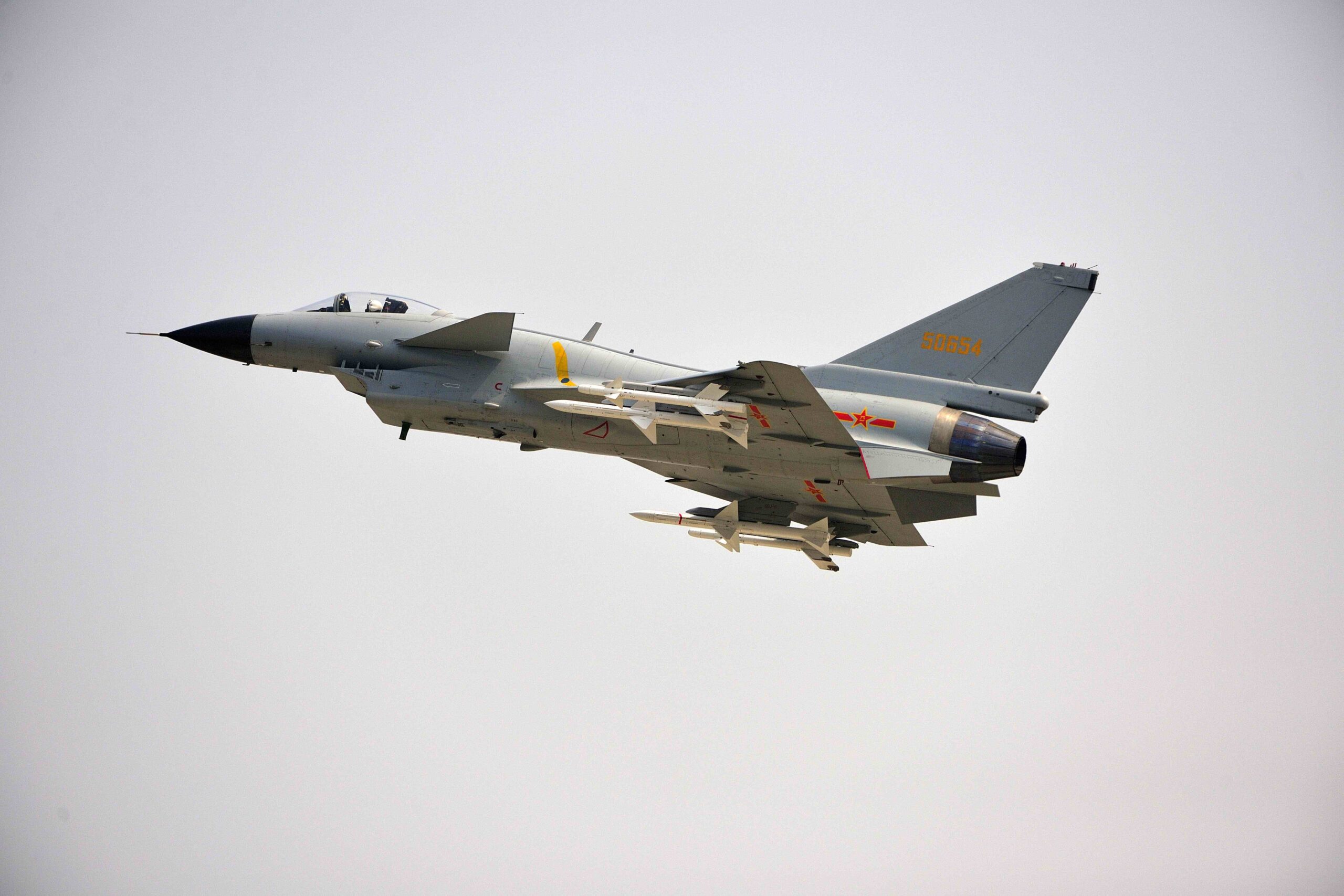
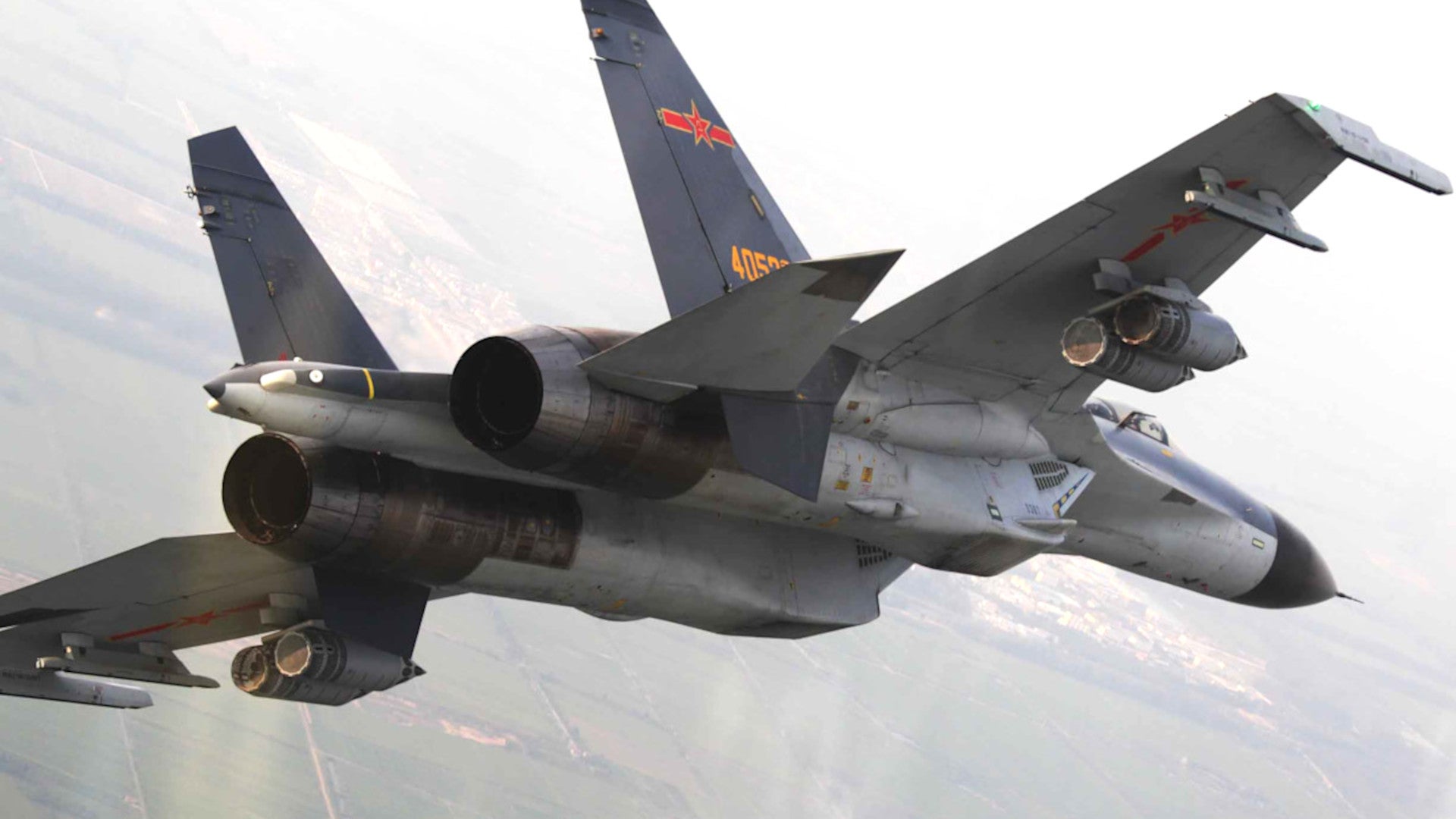
The opportunity to acquire a second stealth fighter, at a lower cost, would likely be attractive for the PLAAF, as it continues its modernization drive. The result would not be dissimilar to the planned U.S. Air Force fighter force structure, with smaller numbers of F-22s (and, in the future, NGAD), complemented by larger numbers of F-35s, plus modernized fourth-generation types and collaborative air combat drones.
At the same time, it would ensure that Shenyang remains in the fighter business, while its introduction by the PLAAF would further boost the export chances of the fighter.
Many of these decisions will also rest upon the PLAAF’s plans for introducing drones capable of teaming with fighters. These offer the potential to boost force size — and introduce more stealth platforms — at a lower cost compared to soley crewed fighters. There is plenty of evidence that the PLAAF is increasingly looking to shift toward using AI-infused advanced air combat drones, including operating them using a ‘drone-controller’ version of the J-20, likely based on a two-seat version.
Without a doubt, these are interesting times for China’s military aerospace sector, which has repeatedly shown itself capable of springing surprises. While it remains not entirely certain what this ‘J-31’ prototype is, it’s looking increasingly likely that it is, after all, intended for land-based operations. Whether such an aircraft is part of the PLAAF’s plans at this stage is unclear, but it’s meanwhile looking at least more likely.
Contact the author: thomas@thewarzone.com
